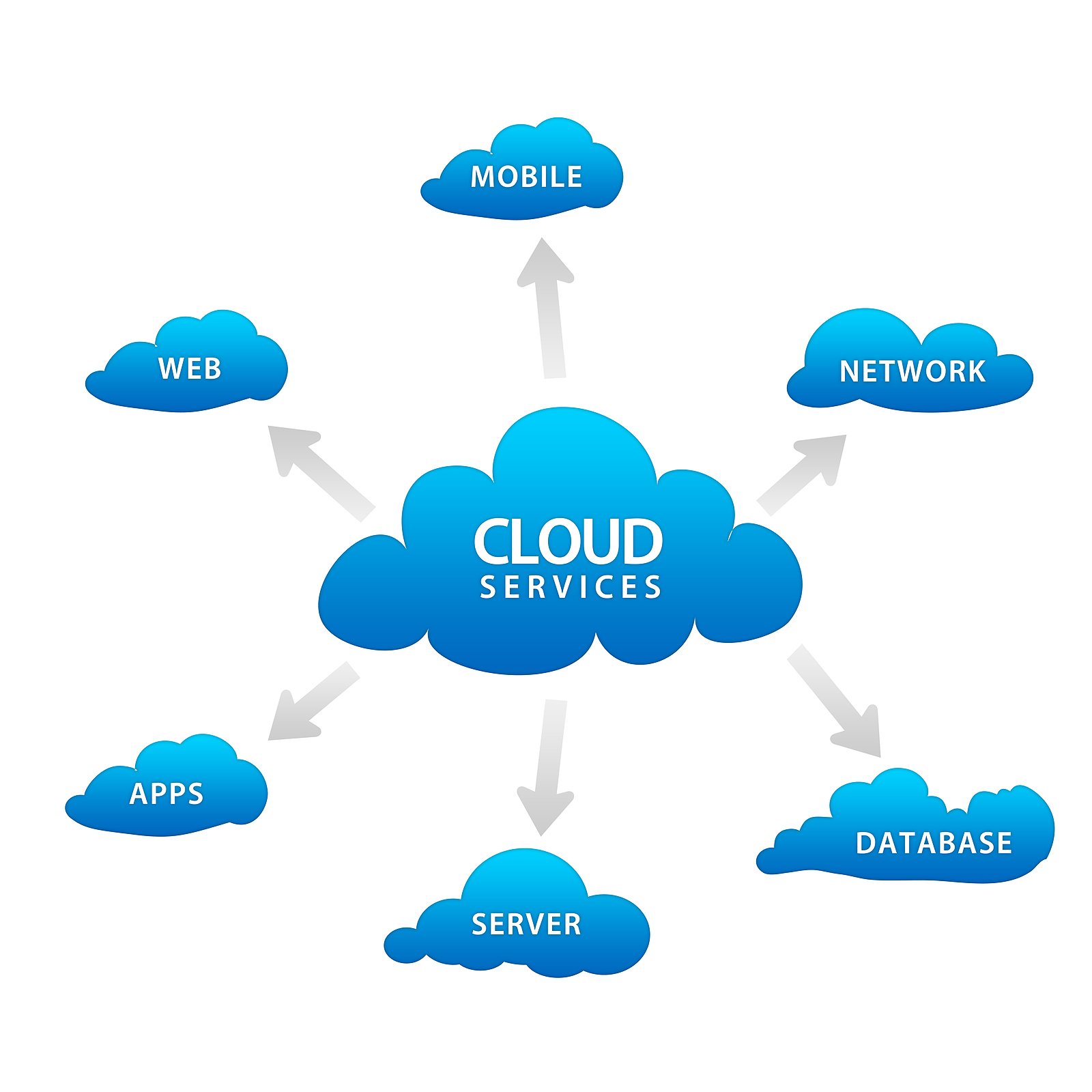Crucial Tips for LinkDaddy Cloud Services: Optimizing Your Universal Cloud Service Technique
Crucial Tips for LinkDaddy Cloud Services: Optimizing Your Universal Cloud Service Technique
Blog Article
Streamline IT Management With Cloud Services
Cloud services have actually emerged as a viable option for companies looking to boost effectiveness, lower expenses, and boost overall IT efficiency. How specifically do these cloud services reinvent conventional IT monitoring methods? Allow's explore the transformative effect of leveraging cloud services on IT operations and the crucial factors to consider for successful implementation.
Benefits of Cloud Provider

In addition, cloud services allow companies to enhance their operational efficiency by improving processes and reducing the moment and sources required for managing IT infrastructure. With cloud services, companies can automate regular jobs, such as software program updates and information backups, freeing up IT groups to concentrate on more tactical initiatives that drive company value.

Boosted Scalability and Flexibility
Cloud services offer services with unparalleled scalability and flexibility in managing their IT resources effectively. With cloud services, services can promptly scale up or down their computer sources, storage space ability, and network bandwidth to meet changing needs without the need for substantial upfront investments in hardware.
Furthermore, cloud solutions use the versatility for workers to accessibility business information and applications from anywhere, at any type of time, and from any type of device with an internet connection. This capacity boosts performance and partnership among remote teams or employees operating in various areas. In addition, cloud solutions give the versatility to select from a range of service versions, such as Framework as a Solution (IaaS), Platform as a Service (PaaS), or Software as a Solution (SaaS), based on the particular needs of the business. The boosted scalability and versatility used by cloud services empower organizations to enhance their IT operations and stay dexterous in today's dynamic market environment.

Cost-Effectiveness and Financial Savings
With the ability to effectively designate sources based on need, businesses using cloud solutions can harness significant cost-effectiveness and recognize significant savings in their IT operations. Cloud solutions offer a pay-as-you-go design, permitting companies to only pay for the sources they make use of, eliminating the requirement for huge ahead of time investments in software and hardware. This scalability ensures that companies can quickly adjust to rising and fall demands without spending too much on unneeded sources. In addition, cloud solutions minimize maintenance expenses by moving the obligation of equipment maintenance and software program updates to the look at this web-site service company. This decreases the demand for committed IT staff to manage infrastructure, additional lowering operational costs. The cloud gives economic situations of range, with carriers spreading out expenses across several clients, resulting in reduced specific prices for solutions like storage space and computer power. On the whole, the cost-effectiveness and financial savings achieved via cloud solutions make it possible for organizations to reapportion resources in the direction of advancement and growth initiatives.
Improved Security and Conformity
Enhancing the overall safety posture and making certain regulatory conformity are critical factors to consider for businesses leveraging cloud solutions in their IT management methods. Cloud provider offer sophisticated security steps, such as information encryption, multi-factor verification, and automated back-ups, which can bolster a business's protection framework. These carriers also follow rigorous regulatory requirements, such as GDPR, HIPAA, and PCI DSS, aiding businesses satisfy conformity needs better.
Carrying out cloud solutions can enhance safety and security by supplying systematized control over accessibility management, tracking, and data security. This central strategy streamlines security management article and guarantees constant application of safety plans throughout the company. In addition, cloud solutions often offer real-time safety and security updates and patches, decreasing the risk of vulnerabilities and prospective breaches.
Ideal Practices for Cloud Execution
Applying cloud solutions effectively needs a structured method that encompasses comprehensive planning and diligent implementation. To make sure a smooth shift to the cloud, organizations should start by performing a detailed evaluation of their current IT infrastructure and recognizing which work appropriate for migration. It is crucial to develop clear goals and define vital efficiency indicators (KPIs) to determine the success of the cloud implementation.
Among the very best practices for cloud application is to carefully pick a cloud company that lines up with the company's demands in regards to safety and security, scalability, cost-effectiveness, and conformity. Furthermore, creating an in-depth migration plan that describes the steps entailed, timelines, and responsibilities is vital for a successful implementation.
Regularly optimizing and monitoring cloud resources to make certain efficient performance and expense monitoring is another vital facet of cloud execution best practices. Constant analysis of the cloud atmosphere and remaining educated concerning updates and new features provided by the cloud supplier can better enhance the organization's cloud technique. By complying with these finest methods, companies can enhance their IT monitoring and make the most of the benefits of cloud services.
Conclusion
In final thought, leveraging cloud services for IT administration provides various benefits, including enhanced scalability, cost-effectiveness, improved security, and compliance. By following ideal techniques for cloud execution, companies can enhance find out their IT operations, automate routine tasks, and optimize source appropriation. This structured technique enables IT teams to focus on critical campaigns and advancement, eventually providing value to the company. On the whole, cloud solutions enhance operational performance and dexterity in managing IT framework.
In addition, cloud services give the versatility to choose from a selection of service versions, such as Facilities as a Service (IaaS), System as a Solution (PaaS), or Software Application as a Service (SaaS), based on the certain needs of the organization. Furthermore, cloud solutions reduce upkeep costs by changing the responsibility of equipment upkeep and software application updates to the service supplier.Enhancing the overall safety posture and making sure regulatory compliance are extremely important considerations for services leveraging cloud services in their IT administration approaches.Frequently enhancing and monitoring cloud resources to make certain efficient performance and expense monitoring is an additional vital facet of cloud implementation finest techniques. Continual assessment of the cloud atmosphere and remaining educated about updates and new functions used by the cloud copyright can further improve the organization's cloud method.
Report this page